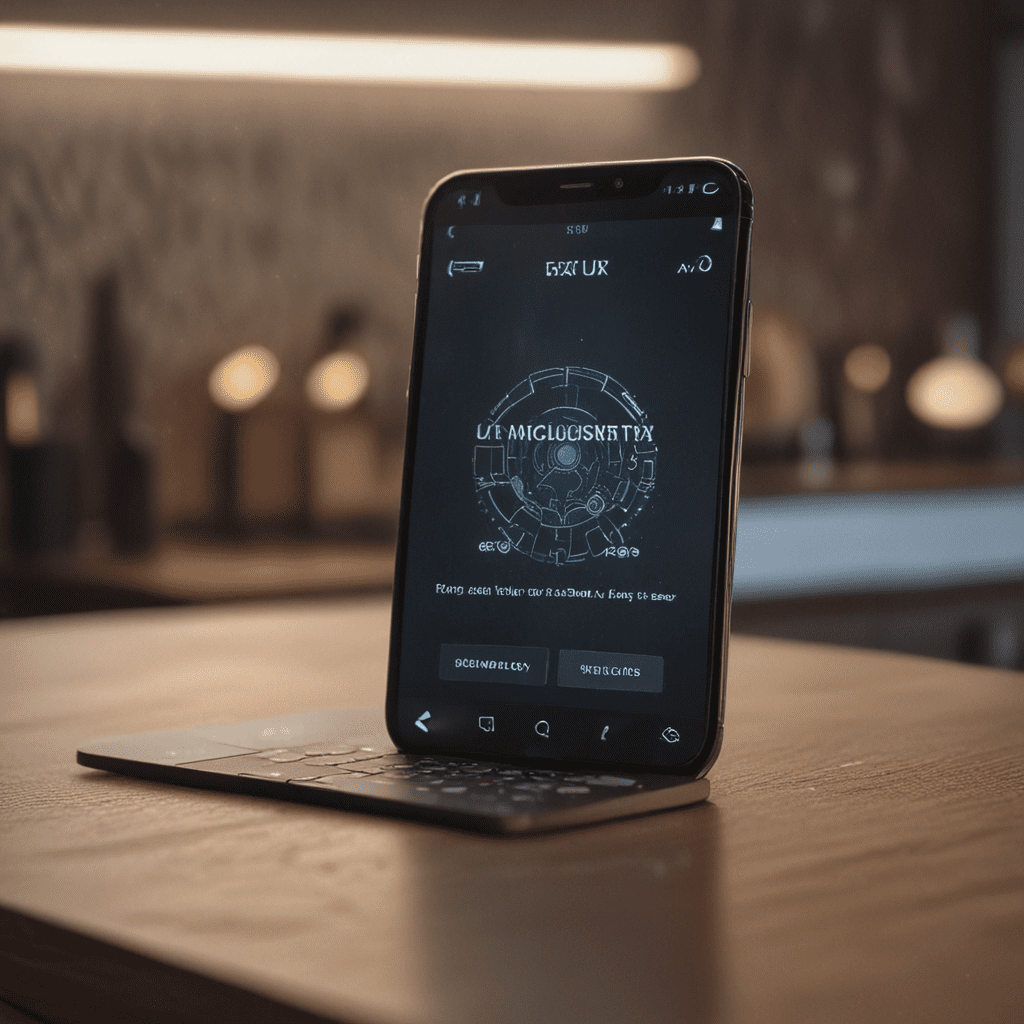1. Introduction to User Engagement Metrics
User engagement metrics are quantitative measures that evaluate how users interact with a product or service. These metrics quantify the level of interest, satisfaction, and loyalty exhibited by users. By tracking and analyzing user engagement metrics, businesses can gain valuable insights into how effectively their products and services are meeting user needs, and identify areas for improvement.
2. Types of User Engagement Metrics
There are various types of user engagement metrics, each measuring a different aspect of user behavior. Some common metrics include:
- Time spent on site: measures the amount of time users spend on a website or app.
- Page views: counts the number of pages a user visits.
- Scroll depth: indicates how far down a page users scroll.
- Click-through rate (CTR): measures the percentage of users who click on a specific link or button.
- Bounce rate: calculates the percentage of users who leave a website after only viewing one page.
3. Importance of User Engagement for UX Design
User engagement is crucial for UX design as it reflects how effectively a product or service meets user expectations and provides a satisfying experience. High user engagement indicates that users are actively using the product and finding it valuable, while low engagement may suggest usability issues or a lack of relevance.
By understanding user engagement metrics, UX designers can:
- Identify user preferences: Determine what features and functionalities are most engaging for users.
- Optimize user experience: Improve website or app layouts, navigation, and content to increase engagement.
- Prioritize design decisions: Make informed decisions about which design elements to focus on based on their impact on engagement.
4. How User Engagement Metrics Affect UX Decisions
User engagement metrics provide valuable data that UX designers can use to inform design decisions. For instance:
- High time spent on site: suggests that users find the content interesting and valuable.
- Low bounce rate: indicates that users are engaged and exploring different parts of the website or app.
- High click-through rate: demonstrates that users are interested in specific calls-to-action or links.
By analyzing these metrics, UX designers can make targeted design changes to improve engagement, such as:
- Adjusting content length and structure: To increase time spent on site.
- Improving navigation and search functionality: To reduce bounce rate.
- Optimizing button placement and design: To enhance click-through rates.
5. Measuring User Engagement Metrics
There are several tools and techniques that UX designers can use to measure user engagement metrics:
- Web analytics tools: Provide comprehensive data on website traffic and user behavior.
- Heatmaps: Visualize where users click and scroll on a webpage.
- User surveys: Gather feedback directly from users on their engagement levels.
- A/B testing: Compare different design variations to determine which ones drive higher engagement.
6. Using User Engagement Data to Improve UX
By analyzing user engagement metrics, UX designers can identify areas for improvement and prioritize design changes. This data can guide decisions on:
- Content optimization: Creating more engaging and relevant content.
- Navigation structure: Improving website or app usability and flow.
- Visual design: Making the interface more visually appealing and user-friendly.
- Call-to-action optimization: Refining the design and placement of calls-to-action to increase conversions.
7. User Engagement Metrics for Different UX Design Elements
User engagement metrics can be used to evaluate the effectiveness of specific UX design elements, such as:
- Homepage: Time spent on the homepage, scroll depth, and bounce rate.
- Navigation menu: Click-through rates on menu items, time spent on different pages, and bounce rate.
- Product pages: Time spent on product pages, product views, and add-to-cart rates.
- Checkout process: Completion rates, time spent on each step, and abandoned cart rates.
8. Monitoring User Engagement Metrics Over Time
User engagement metrics should be monitored over time to track progress and identify trends. By analyzing historical data, UX designers can:
- Identify seasonal or cyclical patterns: In user engagement and adjust design accordingly.
- Evaluate the impact of design changes: By comparing metrics before and after implementation.
- Set benchmarks and goals: For engagement levels and strive for continuous improvement.
9. Common Pitfalls in Using User Engagement Metrics
While user engagement metrics are valuable, it's important to avoid common pitfalls:
- Over-reliance on a single metric: Avoid using a single metric as a sole indicator of success.
- Ignoring qualitative feedback: Combine quantitative data with qualitative feedback from user surveys.
- Chasing high engagement without context: Consider the context and goals of the product or service before optimizing for high engagement.
- Focusing solely on design: Remember that user engagement is also influenced by factors such as content quality and marketing efforts.
10. Conclusion: The Value of User Engagement Metrics in UX Design
User engagement metrics provide critical insights into how users interact with a product or service. By understanding and utilizing these metrics, UX designers can make informed decisions that improve user experience, increase engagement, and drive business outcomes. Regular monitoring and analysis of user engagement metrics empower UX designers to create products and services that meet the needs and expectations of users, fostering loyalty and satisfaction.
FAQ
Q: What is the most important user engagement metric?
A: The most important user engagement metric depends on the specific product or service. However, time spent on site, bounce rate, and click-through rate are commonly used metrics.
Q: How often should I monitor user engagement metrics?
A: It's recommended to monitor user engagement metrics regularly, such as monthly or quarterly. This allows for the identification of trends and patterns over time.
Q: Can I use user engagement metrics to compare different products or services?
A: Yes, user engagement metrics can be used to compare different products or services and identify areas for improvement. However, it's important to consider the context and goals of each product or service when making comparisons.

